North America: Market Leader in HCV TPM
North America is the largest market for Heavy Commercial Vehicle (HCV) TPM, holding approximately 40% of the global market share. The region's growth is driven by increasing freight demand, stringent emission regulations, and advancements in telematics technology. The U.S. and Canada are the primary contributors, with a robust logistics sector fueling demand for efficient fleet management solutions. Regulatory support for cleaner technologies further enhances market prospects. The competitive landscape is dominated by key players such as Daimler AG, PACCAR Inc, and Navistar International Corporation. These companies are investing heavily in R&D to innovate and improve their offerings. The presence of established manufacturers and a growing focus on sustainability are shaping the market dynamics. The U.S. is expected to maintain its leadership position, while Canada follows closely with significant market contributions.
Europe: Innovative HCV Solutions
Europe is a significant player in the Heavy Commercial Vehicle (HCV) TPM market, accounting for approximately 30% of the global share. The region's growth is propelled by stringent environmental regulations, a shift towards electric vehicles, and increasing demand for efficient logistics solutions. Countries like Germany and France are leading the charge, supported by government initiatives aimed at reducing carbon emissions and enhancing transport efficiency. The competitive landscape features major players such as Volvo Group, MAN SE, and Scania AB, who are at the forefront of innovation in HCV technology. The European market is characterized by a strong emphasis on sustainability and digitalization, with companies investing in smart fleet management systems. The regulatory environment is supportive, with the European Commission promoting initiatives to enhance transport efficiency and reduce emissions, fostering a conducive atmosphere for market growth.
Asia-Pacific: Emerging Market Potential
Asia-Pacific is an emerging powerhouse in the Heavy Commercial Vehicle (HCV) TPM market, holding around 25% of the global market share. The region's growth is driven by rapid urbanization, increasing infrastructure investments, and a booming e-commerce sector. Countries like China and India are leading the market, with significant government initiatives aimed at enhancing transportation networks and promoting cleaner technologies. Moreover, India continues to be a rapidly expanding market in the Heavy Commercial Vehicle (HCV) TPM segment, supported by rising logistics demand, highway development, and the adoption of advanced fleet management technologies. The competitive landscape is marked by the presence of key players such as Tata Motors Limited, Isuzu Motors Ltd, and Hino Motors Ltd. These companies are focusing on expanding their product offerings and enhancing technological capabilities to meet the growing demand. The region is witnessing a shift towards electric and hybrid vehicles, supported by favorable government policies and incentives, positioning it for substantial growth in the coming years.
Middle East and Africa: Resource-Rich Opportunities
The Middle East and Africa region is witnessing a gradual increase in the Heavy Commercial Vehicle (HCV) TPM market, accounting for approximately 5% of the global share. The growth is driven by rising infrastructure projects, urbanization, and a growing logistics sector. Countries like South Africa and the UAE are at the forefront, with government initiatives aimed at improving transport infrastructure and enhancing trade efficiency. The competitive landscape is characterized by a mix of local and international players, with companies like Tata Motors and MAN SE making significant inroads. The region's market is still developing, but the increasing focus on modernization and sustainability is creating opportunities for growth. As governments invest in infrastructure and logistics, the HCV TPM market is expected to expand, driven by both domestic and international demand.


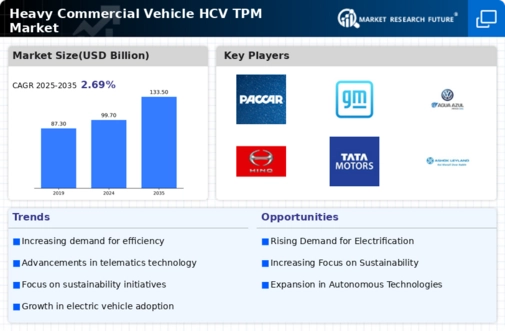
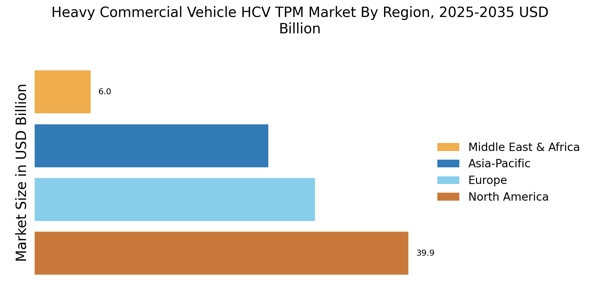
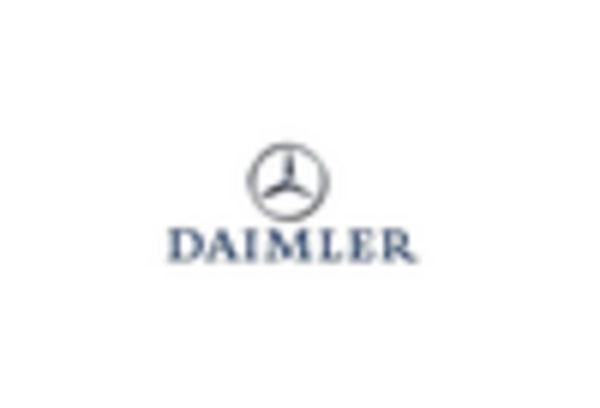

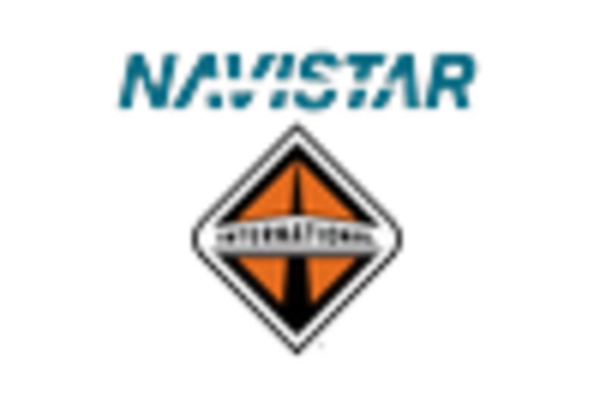
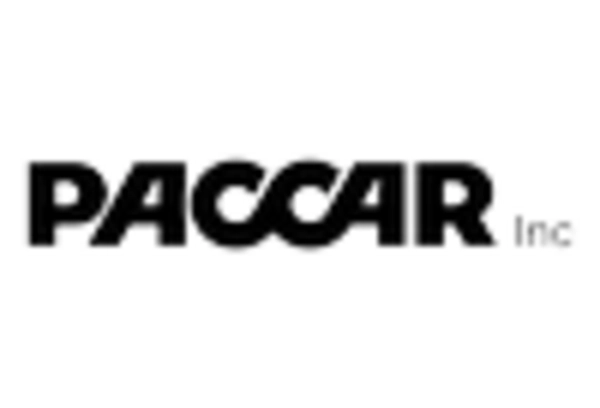
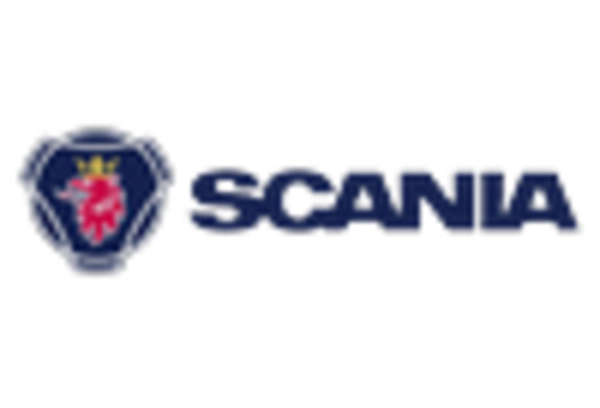
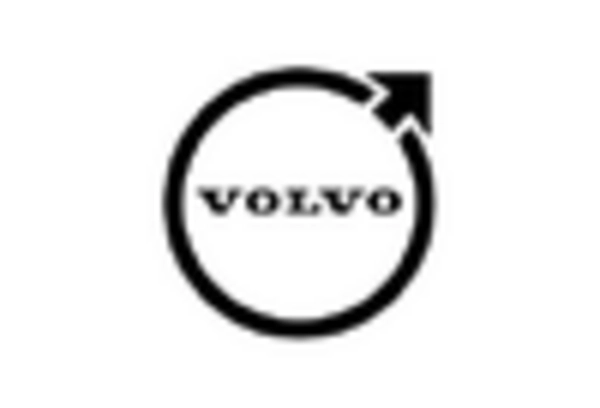








Leave a Comment